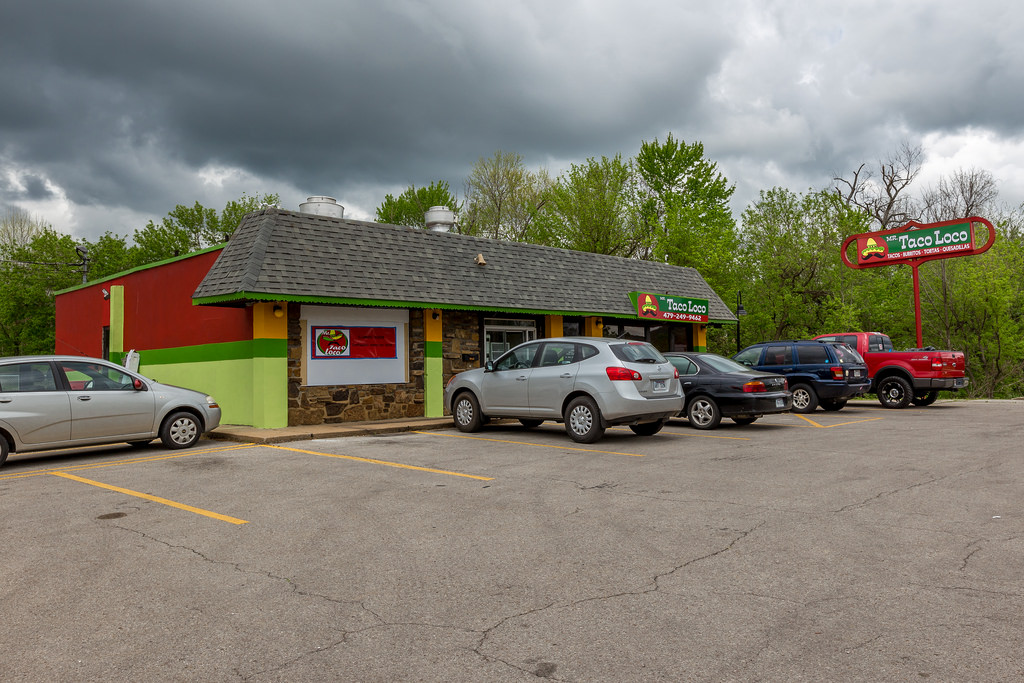
Where We Have Been So Far:
More on how the =vlookup function is useful. Examples end at 2:30
This exercise will involve downloading, cleaning and comparing FBI crime data from 2010-2014
You will use a new command, VLOOKUP, to compare the cities in the two years sop you have an accurate comparison
—=vlookup is “find and replace” on steroids
You will use Text to Columns as a way to match disparate data sources
Step 1: Download FBI UCR Crime Data, one year, all Arkansas localities and all categories, 2014 and 2010
https://www.ucrdatatool.gov/Search/Crime/Local/OneYearofData.cfm
Step 2: Combine the 2010 data in the same workbook as the 2014 Data
Create Data Biography
Save as an Xlsx workbook
Step 3: Four Corners Test on the 2010-2014 data.
Do they match? How are they different?
Step 4: Fill in missing population data on 2014 Crime Data
Video: =vlookup and text to columns to insert population data
–Copy population data, 2014 Census Figures, into a new tab from this table:
PEP_2014_PEPANNRES
–Filter population to blanks in 2014 Crime data
A) Make sure the names match.
TEXT TO COLUMNS: Split the names out in columns.
DATA: TEXT TO COLUMNS. How many columns? Column per word. Create four new columns
Clean up Fort Smith
—DEFINE MATERIAL TO SPLIT UP
—DATA | TEXT TO COLUMNS
—DELIMITED then select SPACE
—Replace contents with selected cells
**–Label the new columns: Agency, Agency1, Agency2
**—-Clean up stray blank columns
Do the same with the Census:
Label Geography1, Geography2
Conclude =vlookup
Compare 2014-2010 Crime in Arkansas
Homework
Read Ch. 6, Chapter6TheTruthfulArt
Introduction to Tableau
Below is a website (landing page link) for your upcoming class – please forward this to your students. Each student should go to the landing page to download Tableau and enter the key noted below. This key will activate enough licenses for your entire class for the duration of the course
— Download the latest version of Tableau
— Desktop Key: TD6F-96D4-8710-9D22-5048
— Instructions: Click on the link above and select Get Started. On the form, enter your university email address for “Business email”; and under “Organization”, please input the name of your school.
Introduction and Demonstration of Tableau
–Video
http://www.tableau.com/learn/tutorials/on-demand/getting-started
Tutorial
Dataset for the Tutorial:
global-superstore-orders-2016
getting_started_transcript
